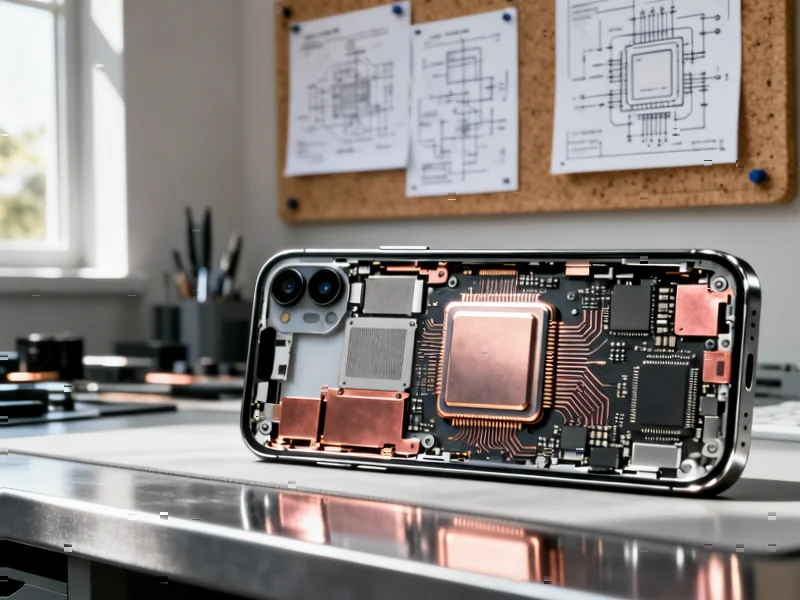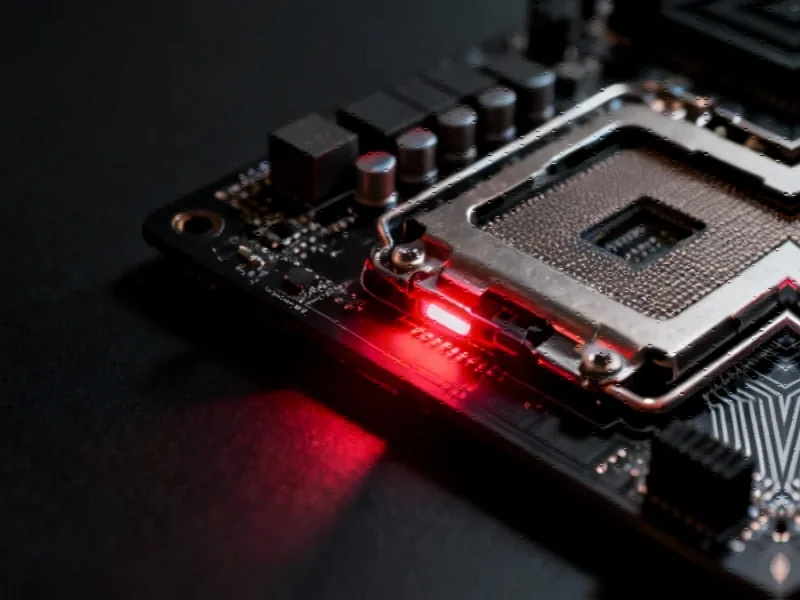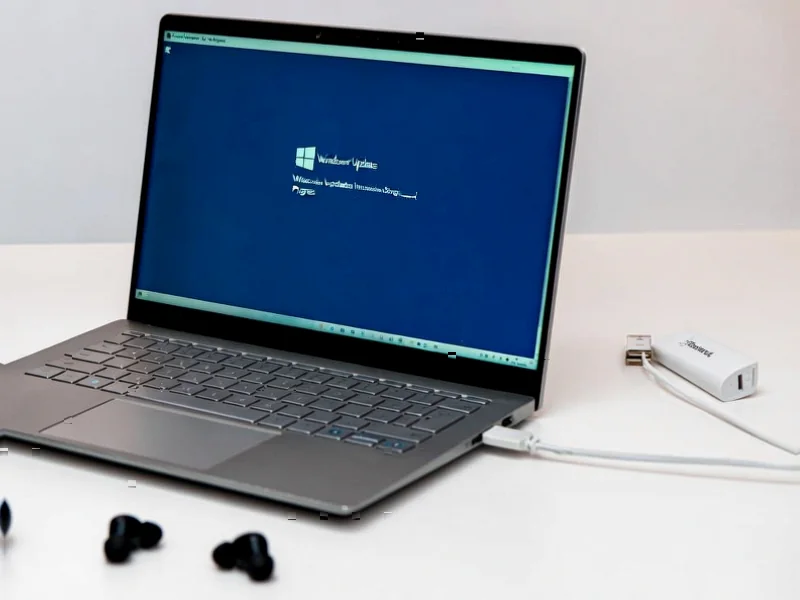According to SamMobile, Samsung has confirmed that the evaluation process for application processors in its Galaxy S lineup differs from other product families, with the company stating it has “clear criteria for what we want to offer customers through flagship products.” The company specifically noted that for the Galaxy S26, AP evaluation is currently in progress and difficult to confirm for next year’s flagship lineup, suggesting no final decision has been made about whether to use in-house Exynos chips or Qualcomm Snapdragon processors. This uncertainty comes despite Samsung’s recent commitment to leverage Exynos competitiveness for key flagship models in 2026, with the last chip split between Exynos and Snapdragon occurring in 2024 for the Galaxy S series. The report indicates the U.S. market would likely receive Snapdragon variants if Samsung maintains its regional chip strategy, though the company appears genuinely undecided about its 2026 flagship processor approach.
Table of Contents
The High-Stakes Processor Decision
Samsung’s hesitation reflects a fundamental strategic dilemma that goes far beyond simple chip selection. The company faces competing pressures: reducing dependency on Qualcomm while ensuring its flagship devices deliver competitive performance. Exynos processors have historically struggled to match Snapdragon’s performance efficiency, particularly in thermal management and sustained performance. This creates a difficult balancing act where using in-house chips supports Samsung’s vertical integration strategy but risks alienating performance-focused consumers who compare benchmarks across regions. The decision carries significant financial implications too – using Exynos improves margin control, while Snapdragon ensures competitive parity in key markets like the United States where carrier relationships and consumer expectations demand top-tier performance.
The Regional Split Problem
Samsung’s potential return to regional chip variations raises serious concerns about market fragmentation and consumer experience inconsistency. When the company last split its Galaxy S series between Exynos and Snapdragon in 2024, it created noticeable performance differences that frustrated users and complicated software optimization. Developers faced challenges ensuring consistent performance across chip architectures, while consumers in different markets received objectively different experiences despite paying similar prices. This fragmentation undermines Samsung’s ability to deliver a cohesive global flagship experience and creates perception issues when reviews from Snapdragon markets don’t reflect the performance available in Exynos regions. The company’s apparent consideration of repeating this approach suggests either significant improvements in Exynos performance parity or a calculated risk acceptance.
Timing and Competitive Pressure
The timing of this decision coincides with several critical market shifts that increase the stakes for Samsung. Qualcomm’s recent Snapdragon chips have demonstrated substantial performance and efficiency gains, while competitors like MediaTek are making significant inroads in the premium segment. Meanwhile, Apple’s A-series chips continue to set performance benchmarks that Android manufacturers struggle to match. Samsung’s delay in finalizing its 2026 strategy suggests the company may be waiting to evaluate Qualcomm’s next-generation Snapdragon 8 Gen 4 performance or testing whether its rumored Exynos 2600 can genuinely compete. This creates a compressed decision timeline that could impact production schedules and component sourcing, potentially affecting launch timing or availability if the evaluation process extends too long.
Beyond Mobile: The Ecosystem Impact
This chip decision extends beyond smartphones to affect Samsung’s entire device ecosystem strategy. As Samsung expands its connected device portfolio including tablets, laptops, and wearables, processor consistency becomes increasingly important for cross-device experiences and software optimization. A fragmented chip strategy complicates development of features that rely on consistent performance across devices. Additionally, Samsung’s foundry business stands to benefit from Exynos adoption, as it demonstrates the capabilities of Samsung’s semiconductor manufacturing to potential customers. However, this creates potential conflicts of interest between what’s best for Samsung Mobile versus what showcases Samsung Foundry’s capabilities most effectively.
What’s Really at Stake
The ultimate decision will reveal Samsung’s confidence in its semiconductor capabilities and its willingness to prioritize control over guaranteed performance. If Samsung chooses Exynos for most markets, it signals belief that the performance gap has closed sufficiently to risk potential consumer backlash. If it maintains the Snapdragon-heavy approach, it acknowledges that Qualcomm’s lead remains substantial. The most likely outcome appears to be a continued split strategy, but with Exynos taking more markets than in recent years as Samsung works to rebuild trust in its chip division. Whatever the decision, it will set the trajectory for Samsung’s mobile business through the rest of the decade and determine whether the company can truly compete at the silicon level against Apple and Qualcomm.



